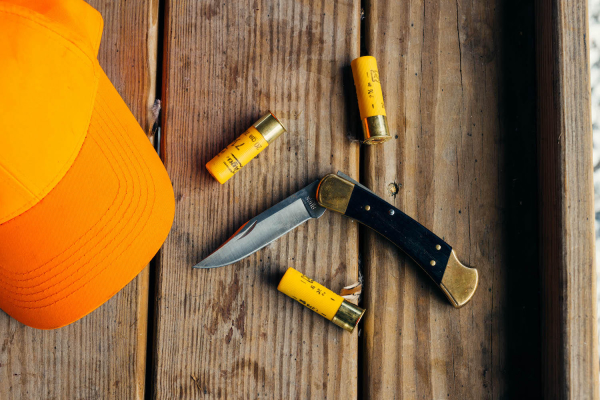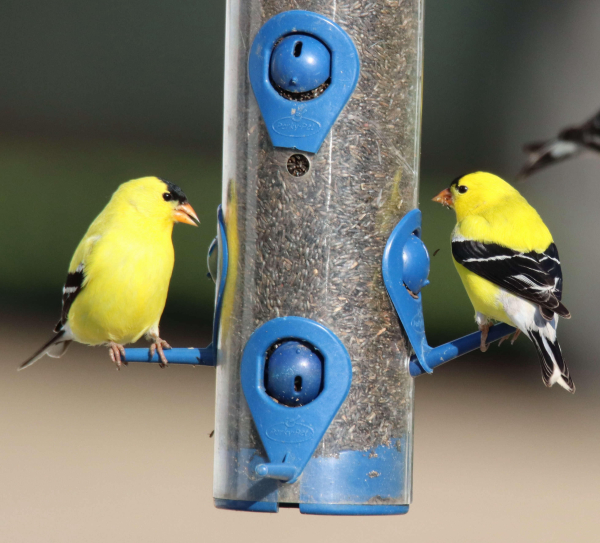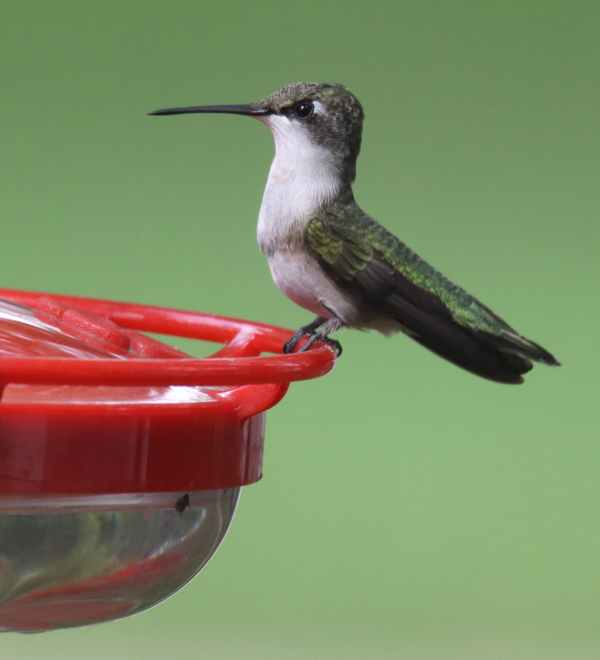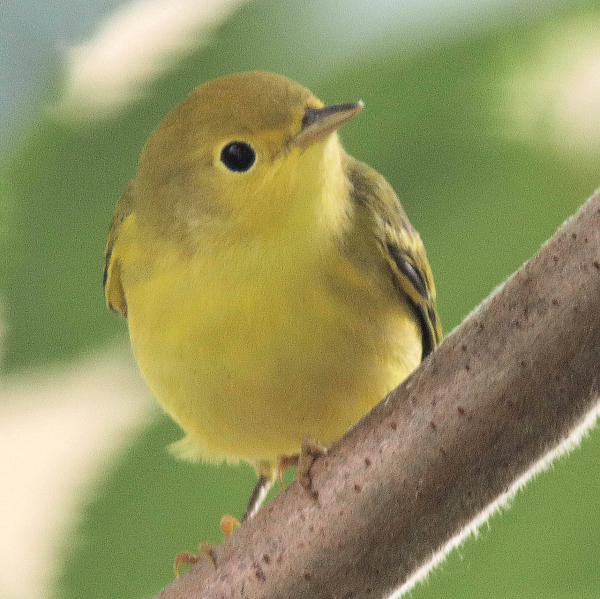Gearing Up For Dove: All Choked Up
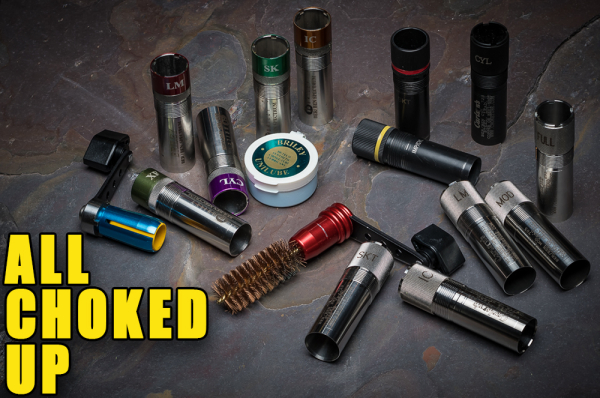
Choke tubes are the cheat codes for downing birds, whether they are clay pigeons on the sporting clays course or fast moving doves in a sunflower field. Choke tubes give you an advantage – when selected correctly – in delivering the best pattern in the right spot at the right time.
The right spot, right time part is actually your responsibility. Not the choke’s.
Choke tubes, for those not too familiar with this shotgun accessory, screw into the muzzle end of the shotgun’s barrel and the constriction of the choke determines the pattern, or spread of the lead shot, at distance. You would open up the constriction, maybe going to a Cylinder choke for fast moving, close in targets, or tighten the constriction with a Modified or Full choke to have your shot open up farther out for a distant target.
And there is a wide range of choke tubes available from aftermarket companies. From the factory your shotgun will come with chokes, usually three but sometimes more. This assumes your shotgun is cut for chokes. Some tactical shotguns are simply smooth all the way through and are what we’d consider Cylinder.
But often shooters will want more than just the three choke options. Avid shotgunners certainly know the value of having a good number of choke tubes. You’ll find sporting clays competitors who carry five, six and even seven choke tubes in their range bag or cart, and most likely those are chokes of the extended variety.
As the name implies, extended choke tubes do not sit flush in the barrel but extend beyond the muzzle. And they are frequently knurled for easy gripping, making for a quick change from a station with close in targets to one with a 35 to 40+ yard crossing shot.
If you are gearing up for dove season and haven’t given any consideration to your choke tubes, well now’s the time and I’m here to tell you, this is the way.
For every shotgun I own that has choke tubes I have invested in extended choke tubes. After ordering a new over/under shotgun that came with standard flush fitting chokes, I ordered six different extended chokes made by Carlson’s Choke Tubes. I went with Cylinder, Skeet, Improved Cylinder, Light Modified, Modified and Full. I even ordered protective choke tube carrying case that holds five chokes because I like to keep all the chokes for a particular shotgun together with that shotgun.
Why so many chokes? Well, partly just because I wanted them and like having the options. They will certainly come in handy for shooting sporting clays, but also for dove hunting as I have yet to find a spot where the doves are coming through at a consistent range. I find that where I hunt the Light Mod, Mod and Full chokes come into play more than I’d like them to.
And sometime way back when I was shooting a lot of sporting clays I decided that forcing myself to work with the tighter chokes – such as a Light Full, Full or Extra Full – forced me to aim small…real small. If I could consistently break targets with the tightest chokes then when I opened up to the ‘correct choke’ for a target I dramatically increased my margin for error.
I highly recommend you consider this approach as you prepare for dove season. If you practice to the point you can run 25 straight on the skeet field with a Full or Extra Full choke, you are going to have greater success come opening day.
If you decide to invest in extended choke tubes keep a couple things in mind. First, the thread patterns for choke tubes are not universal so you need to know what your shotgun’s thread pattern is and order chokes made for that threading.
Second, if you plan to hunt turkey, duck or goose, make sure when using the tighter chokes you know what size steel shot can and cannot be run through those chokes. For instance, a Carlson’s extended Turkey choke tube comes with the warning: *No Steel Shot Larger than #4 may be used in our Turkey Choke Tubes.
And finally, if you are hunting turkey or duck, then go with chokes with a matte black finish. You don’t need a shiny stainless finish, or anodized coloring sticking out the end of your shotgun’s barrel.
Now, I mentioned Carlson’s, but there are other choke tube makers. Jebs Choke Tubes offers ported and non-ported chokes for waterfowl, turkey, upland and wingshooting hunting for .410, 28, 20, 12 and 10 gauge shotguns.
Trulock Choke Tubes makes a variety of chokes including flush fit and extended. And they cover all the shotgun hunting segments with products for turkey, deer/hog, waterfowl, upland bird and small game, and predator hunting. And, of course, chokes for clay target shooting.
On their website they off a guide called Effective Range for Chokes, which helps you select the right choke for the distance you want to be the most effective. I suggest taking a look at it to better understand choke constriction and the resulting optimal pattern distance.
Finally, the choke brand that every clay target shooter should be familiar with, and one whose products I have certainly invested in, Briley. I have some of their Spectrum chokes for my Beretta sporting clays guns, and I love them. They make a ton of chokes and may have the widest selection of choke tubes for the most brands of shotguns of any of the aftermarket manufacturers.
One final thought, suggestion recommendation or warning. When planning to regularly switch out your choke tubes get yourself some choke tube grease, and give serious consideration to picking up a good choke tube wrench. Even with the extended choke tubes that you can grab with your fingers, a wrench makes life a lot easier.
And the choke tube grease should be kind of self explanatory.
– Paul Erhardt, Managing Editor, the Outdoor Wire Digital Network


